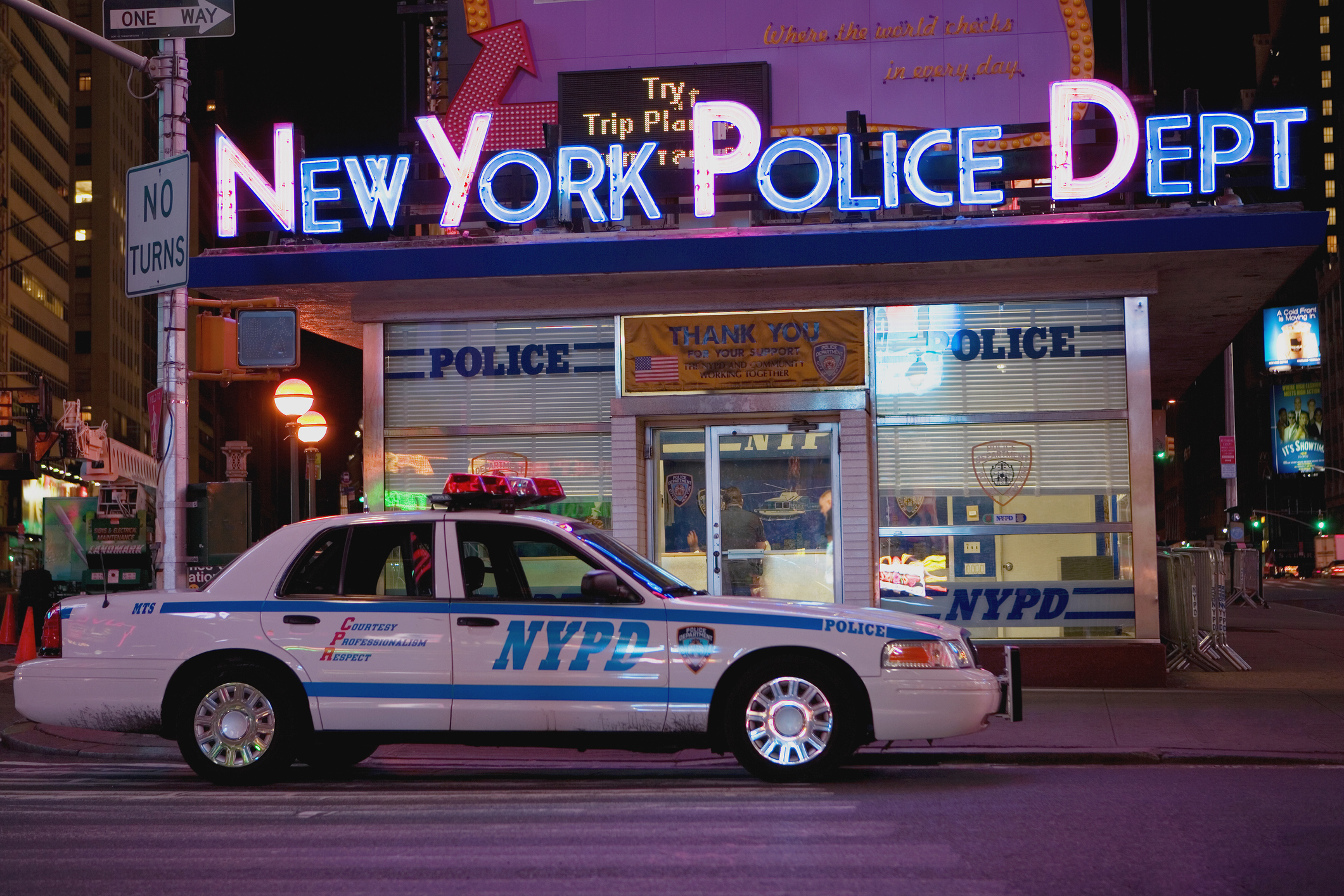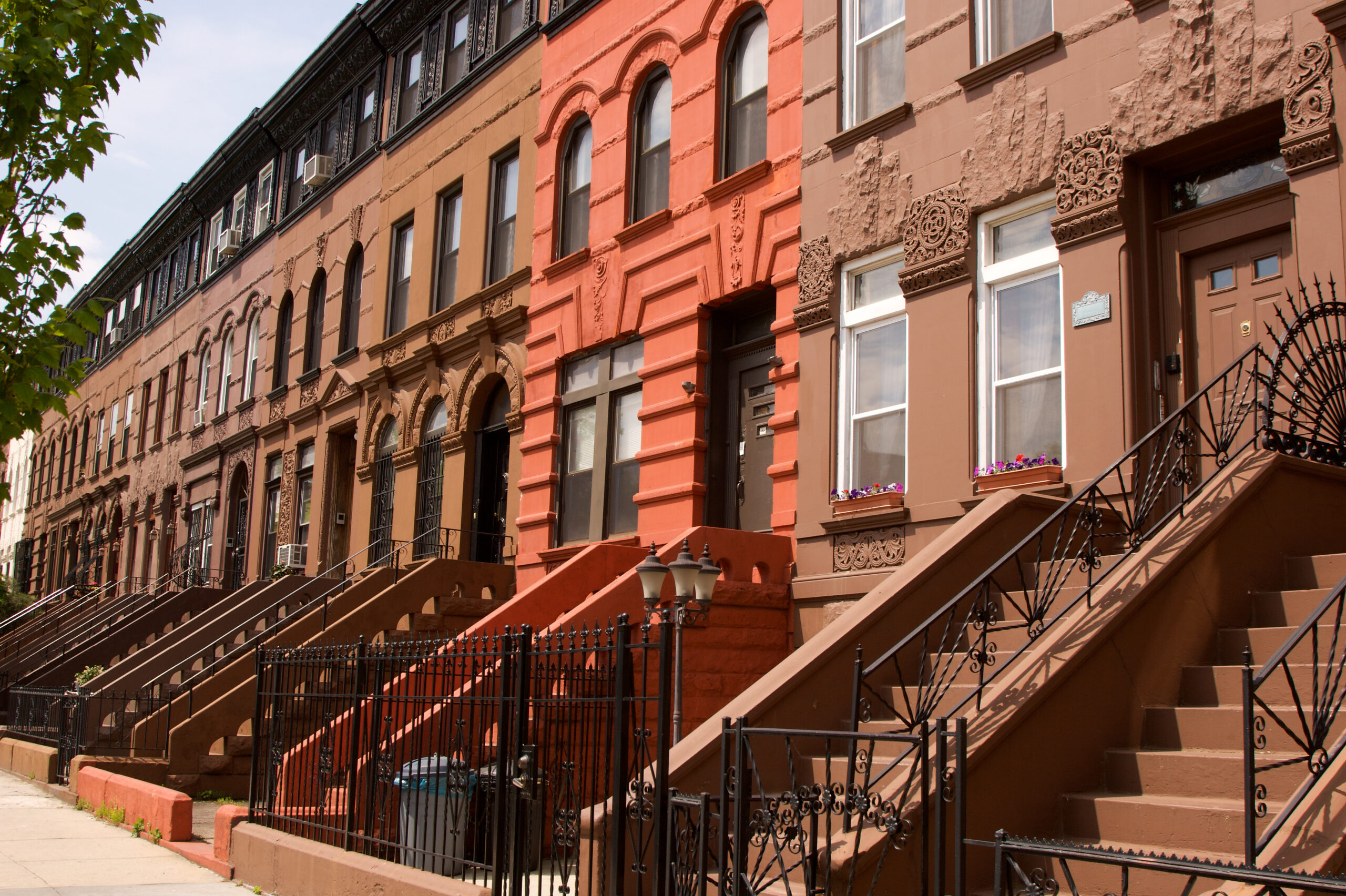After the midterm election, the city and state need to address voters’ bread-and-butter concerns.
New York: A Cautionary Tale

It pays to remember how quickly the winds of governance can change.
Mayors and city leaders, if they wish to stave off the dysfunction that is currently dominating some major urban centers, would do well to study the many metamorphoses of New York City.
The New York that took shape under Rudy Giuliani and his successors was not just a cleaner, safer, and more expensive version of what it was back in 1990. Over the years it evolved into something no New Yorker could have ever imagined. No longer centered around just Wall Street and middle-class jobs, it learned to attract a range of big businesses and the talent needed to support each one.
When Hudson Yards opened in 2019, it felt like a new summit of prosperity had been reached. For those of us lucky enough to experience it, the benefits of living in a city of industry were the peak of urban living. World-class cocktail bars could be found in every neighborhood; picturesque coffee shops opened up on every other block; luxury gyms with towels that smelled like fresh aloe became commonplace.
More importantly, beautiful women could wear headphones on the subway at 2 am without fear of being attacked. As so many of us have already forgotten, the normal average of women pushed in front of subways per year before 2019 used to be zero.
Before this golden era of public safety, the Lower East Side was known for being a place to score drugs. Dumbo was an area of abandoned factories where the mob often dumped dead bodies. And prostitution (not the M&M store) was the main attraction of Times Square. NYC was plagued by rampant violent crime, crack, and mafia control. Things had been headed in this horrible direction since the 1960s.
As is well known to all but the most studious denialists, a major factor in the city’s turnaround came under Mayor Giuliani, with the implementation of broken windows policing.
The two greatest achievements of broken windows were the reversal of a murder rate that had increased for 25 consecutive years and the stabilizing effect that newfound public safety had on our local economy. The murder rate was reduced from 2,200 per year to 767 during its first three years—a 60% decline. Not only did Giuliani prove that New York could in fact be an exemplary metropolis; he also proved that effectively reducing crime was the only way to make it so. The results were an unprecedented new standard on how to govern American cities that would be used as a model for other cities in years to come.
Another key element to the success of NYC was the introduction of BIDs: Business Improvement Districts. These were organizations formed by local commercial real estate landlords in business districts. Resources were pooled together, and money was spent on common sense goals such as cleaning up garbage in the streets, providing security guards, fixing up local public parks, and improving the optics of local retail stores so they looked more welcoming to potential tenants.
It began with the cleaning up of Bryant Park in 1995 (which was notoriously horrible throughout the 1980s) and went on to 34th Street and Times Square. Most people under 30 can’t imagine how drastically, and how quickly, these simple changes improved the quality of life in our business districts. Many of the Manhattan parks where people still eat $18 Caesar salads at lunchtime were controlled by drug dealers as recently as 1994.
The Bloomberg Administration continued many of the successful policies from the Giuliani years. BIDs continued to spread throughout the city, the economy continued to strengthen, and neighborhoods like Williamsburg which were once considered slums became ideal places to live for the first time.
Developers became more comfortable investing in the future of neighborhoods all over NYC, ushering in a new era of improved city living. The crack era and the urban disorder that came along with it were finally behind us. Giuliani’s experiment proved that public safety is the foundation for economic prosperity. Unfortunately for NYC, these demonstrably successful ideas were repudiated by the next administration.
Decline and Fall
Bill de Blasio assumed office in 2014. Albany and city hall eventually became staffed with activists. Progressives and open socialists controlled every level of New York State’s government. As the economy was humming and not much needed to be fixed, our elected officials decided to focus their attention on the well-being of New York’s criminal population, elevating them to the status of a new protected class.
Progressives went on to pass criminal justice reforms that disincentivized police from doing their jobs and undermined the very systems that made New York City so safe and successful. Their policy choices eventually resulted in an unprecedented crime wave, sanctioned riots, and an overall sense of lawlessness that continues to plague NYC to this day.
The violence and vandalism that ravaged the streets of American cities in 2020 had a proximate cause in the death of George Floyd. But Black Lives Matter and its affiliates would not have been able to dominate cities like New York so swiftly if the groundwork had not been laid in advance by the new generation of politicians, who defanged a police department that had done so much to roll back criminal activity just a couple decades before.
De Blasio reversed policies that benefited all New Yorkers, starting with the decriminalization of quality-of-life crimes like doing drugs in public, loitering, and public urination. As time would soon reveal, it did not actually benefit anyone for the West 4th subway station to be characterized primarily by the smell of piss, weed, and mentally ill drug addicts whose “compassionate” advocates have left them to wander the streets in squalor rather than stop them from living their truth.
New York’s legislature then made the critical mistake of passing a bail reform bill with the intention of reducing pre-trial detention. While all 49 states in the union allow for a judge to consider dangerousness when a defendant poses a threat to the general public, New York remains the only state in the country that doesn’t.
Depriving judges of both a standard for the danger posed by a criminal and the ability to set cash bail proved a devastating combination. Every murderer with 5-15 recent arrests for which he was not detained represents yet another innocent life that could have been saved.
What You Are, I Once Was
Even if it proves that New York City has been hopelessly captured by bad ideas and bad policy, the stark and sudden contrasts of its successive mayoral terms can provide lessons and cautionary tales for other cities. As America’s urban life continues to change and residents flee to safer areas in red states, it pays to consider how sound policy can transform a ravaged area and how ruthlessly bad policy can create one.
Mayors Giuliani and Bloomberg transformed NYC into a well-oiled machine, then de Blasio and fellow progressives poured sugar into its gas tank via criminal justice reforms that made the city more dangerous. Even the poster boy for bail reform was recently arrested for a shooting at Rockefeller Center, an area where things like this rarely happened before progressives ruined our criminal justice system.
Hemingway said things fall apart gradually, then suddenly. In our case, it took only four years to go from the mayor deciding it was OK for people to urinate in public to instructing the police to stand down while angry mobs looted our stores and burned cop cars in Union Square. A note of caution here for politicians and industry leaders in cities like Miami and Dallas, currently sitting comfortably under the effects of good governance: as new arrivals flock to your cities, remember that even a little complacency can end the prosperity built up over long years. All it took to bring America’s greatest city to its knees was electing progressive activists and letting them tamper with the criminal justice system.
The American Mind presents a range of perspectives. Views are writers’ own and do not necessarily represent those of The Claremont Institute.
The American Mind is a publication of the Claremont Institute, a non-profit 501(c)(3) organization, dedicated to restoring the principles of the American Founding to their rightful, preeminent authority in our national life. Interested in supporting our work? Gifts to the Claremont Institute are tax-deductible.
What becomes of cities when the yuppies flee?
The post-urban future of cities.
America’s urban future hangs in the balance.
An interview with Matthew Taylor, writer and director of a new documentary about the quintessential American city.





